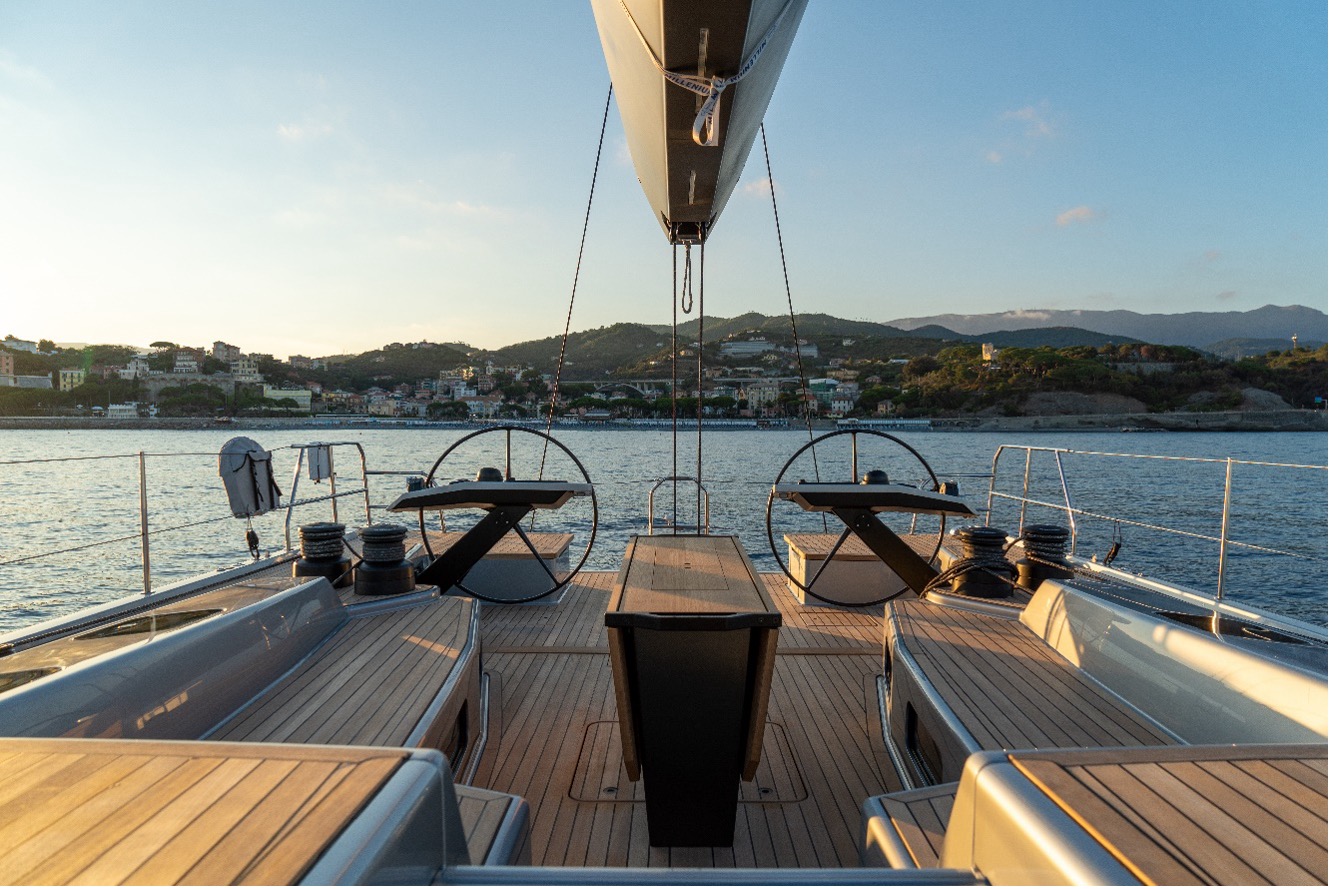Leggi l’articolo in italiano
Who knows if the wheels of the Amerigo Vespucci in the picture above have the same wheel ropes than ours.
Maybe sizes and relationships are different, but the motion transmission system which transfers motion from the wheel to the blade probably works in the same way, that is through some cables called “wheel ropes”
But, on the Amerigo Vespucci, the eight man at the wheels hardly perceives the same thing than us: an annoying oscillation which creates a delay between the wheel motion and the moment when the transmission to the helm arrives.
Nothing serious, but it is far from the idea of a responsive boat. So, we have to intervene on the guilty part of this laxity: wheel ropes.
These cables, textile or spiral, transmit motion from the wheel to the rudder.
And it is exactly where wheel ropes meet that we must intervene. The mechanism is usually accessible and it is located under the helmsman’s planking level. First of all, we must verify that the wheel is centrally positioned.
Wheel ropes are often linked to a chain transferring the wheel motion to them. Often, in the small column sustaining the wheel there is an inspection hatch with joints. A good method consists in verifying that the two connections are at the same height in order to be sure that the rudder is centrally located.
Now, we can intervene on nuts. First, we need to slacken the lock nut, the outermost one you can see on the left in the picture above. Then, we can act on the nut on the steering gear. By turning our wrench clockwise, the wheel ropes will tense and their oscillation will disappear.
Vice versa, if the wheel is too hard, we only need to turn our wrench counter-clockwise.
A test case occurs only during navigation, when the water pressure on the blade will reveal whether our intervention has been good. If oscillation persists or, vice versa, the wheel is still too hard, we have to repeat the procedure after mooring.


























